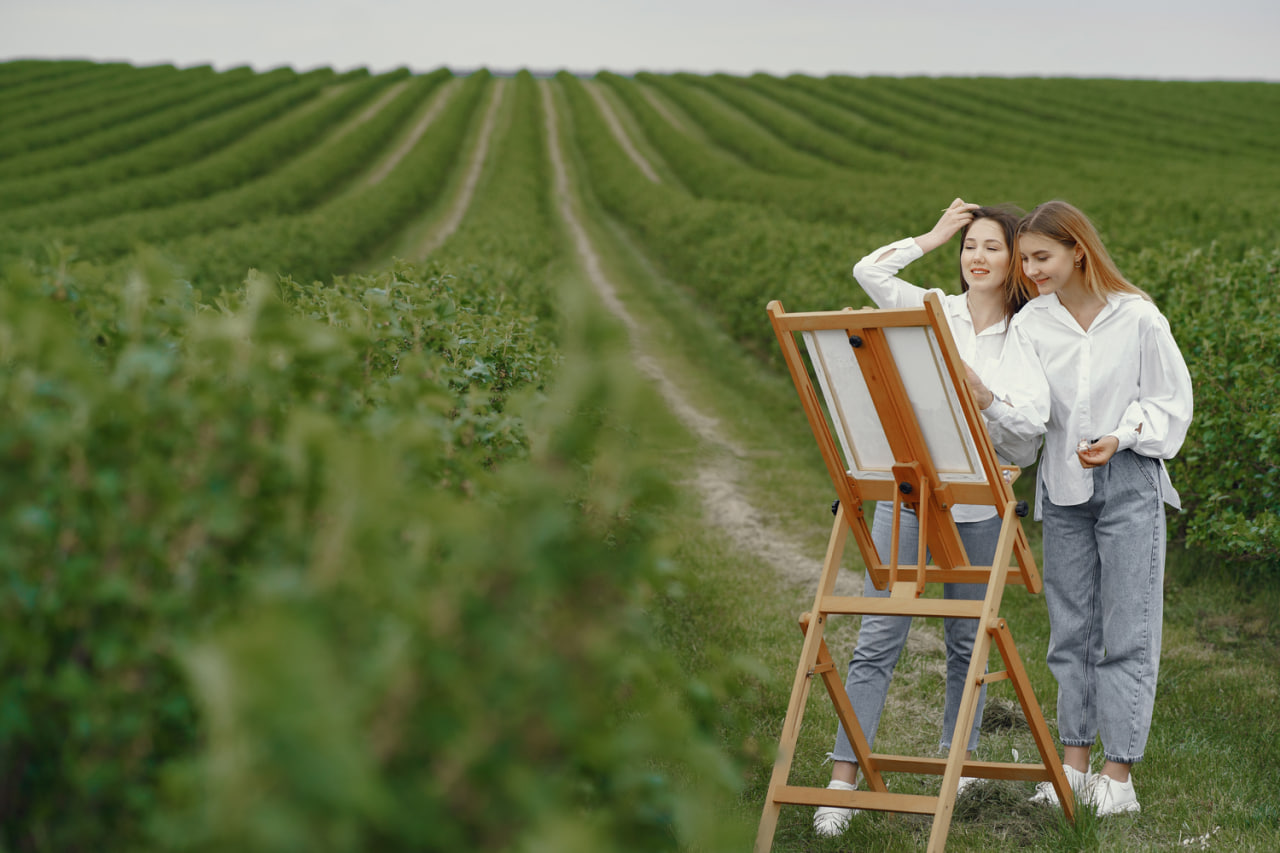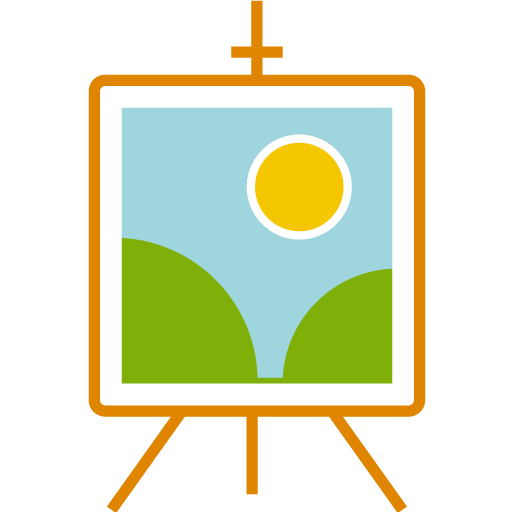The Benefits of Plein Air Painting: Painting Outdoors to Enhance Your Skills

Connecting with Nature Through Painting
Plein air painting, the practice of painting outdoors, offers artists a unique opportunity to connect directly with nature. Unlike working from photographs or memory, painting on location immerses you in the environment, allowing you to experience firsthand the changing light, colors, and atmosphere. This connection deepens your understanding of the landscape and infuses your work with authenticity and vitality.
Improving Observation Skills
One of the most significant benefits of plein air painting is the sharpening of observational skills. When you paint outdoors, you are challenged to notice subtle shifts in light, shadow, and color that may not be evident in a photo. The need to work quickly before the light changes teaches you to focus on essential shapes, tones, and values, helping you capture the essence of the scene rather than getting lost in details.
Developing Speed and Confidence
Because natural light and weather conditions constantly change, plein air painting encourages a faster pace. This helps artists develop confidence and decisiveness in their brushwork. The ability to make quick decisions about composition, color, and technique is a valuable skill that transfers well to studio painting. Over time, this approach fosters a more expressive and spontaneous style.
Enhancing Understanding of Light and Color
Painting outdoors provides direct exposure to the complexities of natural light and its effects on color. You learn to observe how sunlight affects different surfaces, how shadows shift throughout the day, and how atmospheric conditions influence hues and saturation. This firsthand experience greatly improves your ability to replicate realistic lighting and color relationships in your artwork.
Boosting Creativity and Inspiration
The ever-changing outdoor environment offers an endless source of inspiration. The sounds, smells, and sights of nature stimulate your creativity and help you develop a personal artistic voice. Plein air painting encourages experimentation with new techniques and perspectives, pushing you to explore beyond your comfort zone.
Building Physical and Mental Endurance
Painting outdoors can be physically demanding, requiring you to carry supplies, set up your workspace, and sometimes endure challenging weather conditions. This builds stamina and discipline, important traits for any artist. Mentally, plein air painting teaches patience and resilience, as you learn to adapt to unpredictable situations while maintaining focus on your work.
Connecting with Other Artists and Communities
Plein air painting often brings artists together in parks, gardens, or scenic locations. This sense of community provides opportunities for social interaction, learning, and mutual encouragement. Participating in plein air groups or events can motivate you to paint more regularly and expose you to diverse styles and approaches.
Bringing Fresh Energy to Studio Work
Many artists find that plein air painting rejuvenates their studio practice. The skills and insights gained outdoors—such as capturing light quickly and emphasizing essential elements—translate into stronger, more dynamic studio pieces. It also reminds you of the joy of painting from life, helping to keep your passion alive.
Practical Tips for Plein Air Painting
To get started with plein air painting, invest in portable, lightweight supplies and dress appropriately for the weather. Practice setting up quickly and simplify your palette to focus on the essentials. Start with short sessions to build your confidence, and don’t be discouraged by imperfections; plein air is as much about learning as it is about creating finished works.
